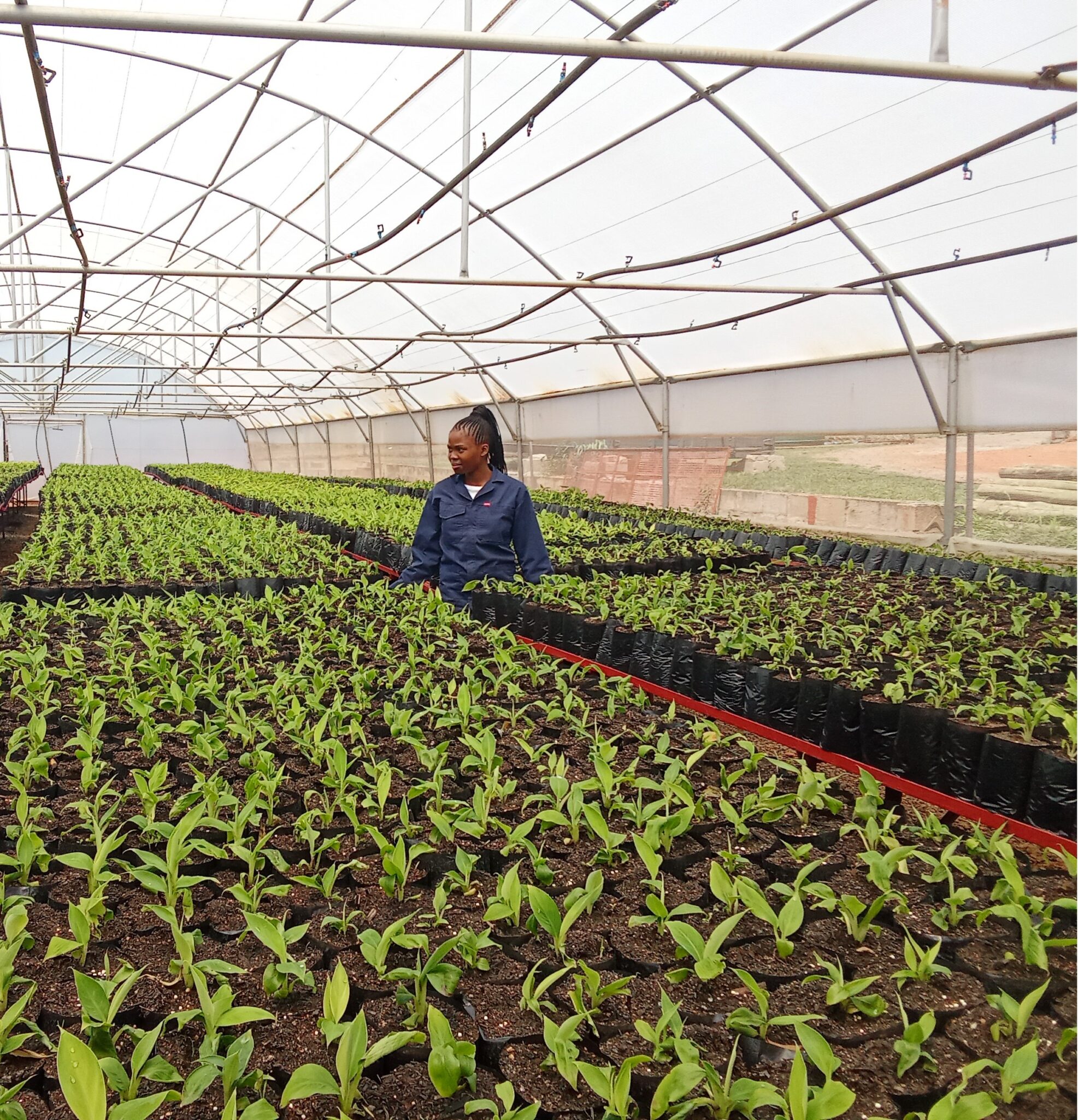Key Takeaways
- Eswatini, with FAO support, is scaling up climate adaptation in agriculture through greenhouse tunnels and shade net structures.
- The initiative responds to extreme weather impacts, including droughts and increased hailstorms linked to El Niño.
- As of mid-2025, 11 greenhouse tunnels and 32 shade nets have been established, saving up to 40% water use.
- Around 700 farmers, 60% of them women, have benefited from training and market engagement opportunities.
- The programme is being integrated with youth initiatives and regional models for replication.
Eswatini Responds to Climate Variability
Eswatini has faced mounting climate variability, with the 2024–2025 El Niño event reducing rainfall from 850 mm to 650 mm and increasing hailstorm frequency by 300 percent. In response, the government, supported by the Food and Agriculture Organization (FAO), has prioritized investments in protected cultivation technologies.
By mid-2025, 11 greenhouse tunnels and 32 shade net structures had been installed in key locations. These measures are designed to stabilize crop yields, safeguard farmers from climatic shocks, and improve water use efficiency by up to 40 percent.
Sibusiso Mondlane, Senior Programme Officer at FAO in Eswatini, stated: “Technical solutions combined with policy alignment and youth involvement are proving critical to building agricultural resilience. Eswatini’s experience illustrates how protected cultivation systems can mitigate climate risk and enhance local production capacity.”
Eswatini Programme Strengthens Farmer Training and Markets
Alongside infrastructure deployment, the initiative emphasizes farmer training and market integration. Roughly 700 farmers have participated in capacity-building sessions, with women making up 60 percent of attendees.
FAO’s Technical Cooperation Programme (TCP) has supported eight greenhouse tunnels for youth-led groups, while extension officers are receiving specialized training to transfer knowledge across farming communities.
Mathew Abang, lead technical officer at CUPPAH, noted: “The projects reflect a high level of national commitment to sustainable agriculture and inclusive rural development.”
Eswatini’s Model for Regional Replication
The programme is being linked with broader FAO and UN-supported initiatives, including the One Country One Priority Product (OCOP) framework and a UN Joint Programme focused on youth groups. Six shade nets have been installed to support export-oriented vegetable farming, while 12 youth groups are receiving protected agriculture support under the UN scheme.
Agro-industrial incubation hubs are also being piloted at the University of Eswatini and within the Ministry of Agriculture’s Taiwan Mission, focusing on horticulture, apiculture, and coffee value chain revitalization.
This integrated approach is designed not only to build resilience within Eswatini but also to provide scalable models for other Southern African countries dealing with similar climate challenges.


